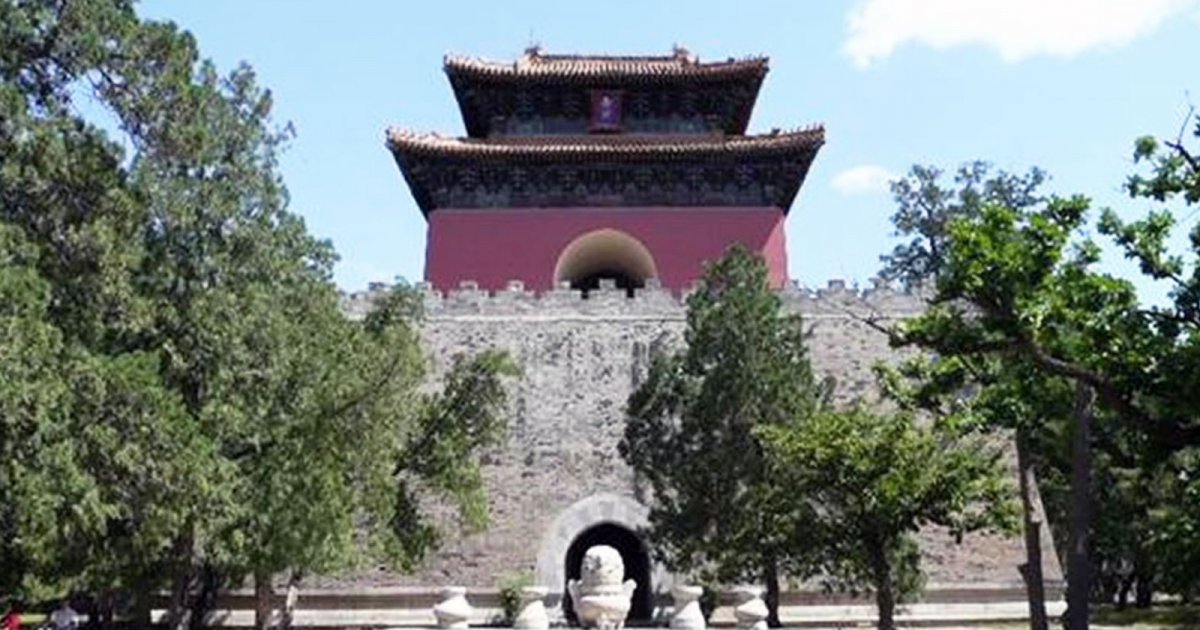MING TOMBS, Dingling
 Language: English / USA
Language: English / USA
The Dingling Tomb is the mausoleum of Emperor Zhu Yijun, who reigned from 1563 to 1620, and of two of his empresses, Xiaoduan and Xiaojing. Built in six years, between 1584 and 1590, it covers an area of 180,000 square meters. It is designed like the Forbidden City, with a square front part and a semi-circular part at the rear.
Three white marble bridges take you to the entrance, where you’ll find a stele on top of a tortoise, engraved with the conquests of the emperor.
The mausoleum is surrounded by a wall embellished with tiles, eaves, beams and yellow glazed columns carved into stone and painted in vibrant colors.
On the inside are three courtyards. There are no buildings of particular interest to point out in the first one but you can admire the gate of the second courtyard. Its base is embellished with railings decorated with dragon and phoenix heads in stone.
The Blessing and Grace Palace, in the third courtyard, was used for sacrifices. Take a moment to look at the stone pathway running through the center of the courtyard, engraved with a dragon and a phoenix playing with a pearl.
From the third courtyard, you can reach the rear part; this is where you can go down into the underground palace, brought to light between 1956 and 1958. It is here that the tombs are located.
The underground palace is the most important part of the Dingling Tomb, because it is the only palace of the thirteen tombs which has been excavated. The entrance can be found at the end of a tunnel stretching more than 40 meters.
The palace is built in stone, and is divided into five communicating vaulted rooms. The entrance to each room is in carved jade, and the floors are tiled with gilded bricks. In the middle of each room is a white marble coffin.
A paved route leads to the central hall, where you can see three white marble thrones with incense, candles and flowers.
The coffins of Emperor Zhu Yijun and his two empresses are in the rear corridor, and are surrounded by jade, vases, red lacquered boxes and a gold crown.
An interesting fact: over 3000 objects from the underground palace have been brought to light, including the emperor’s gold crown, the glowing pearl and the tri-colored glazed pottery of the Ming dynasty, which you can see in the nearby Dingling Museum.



